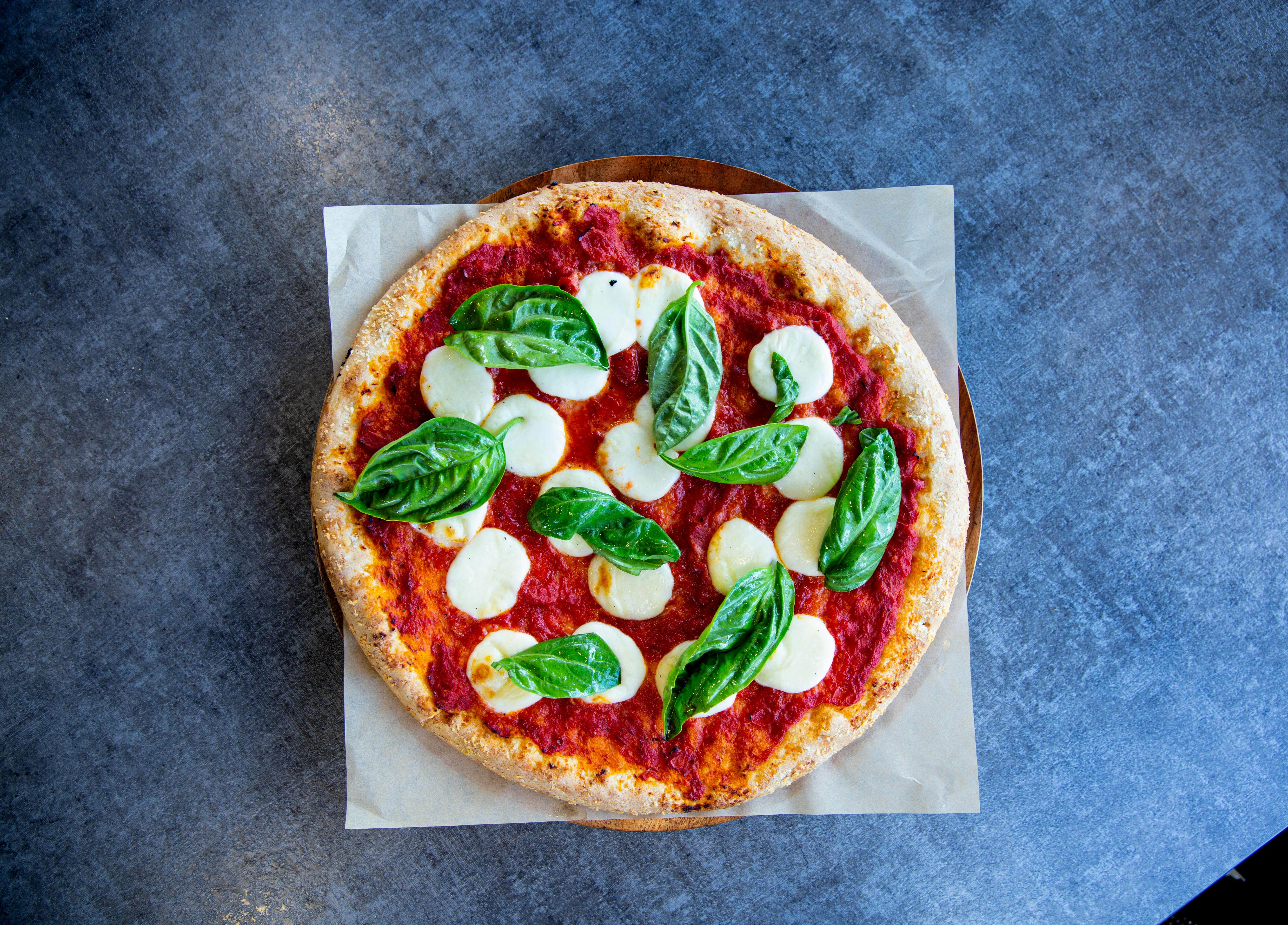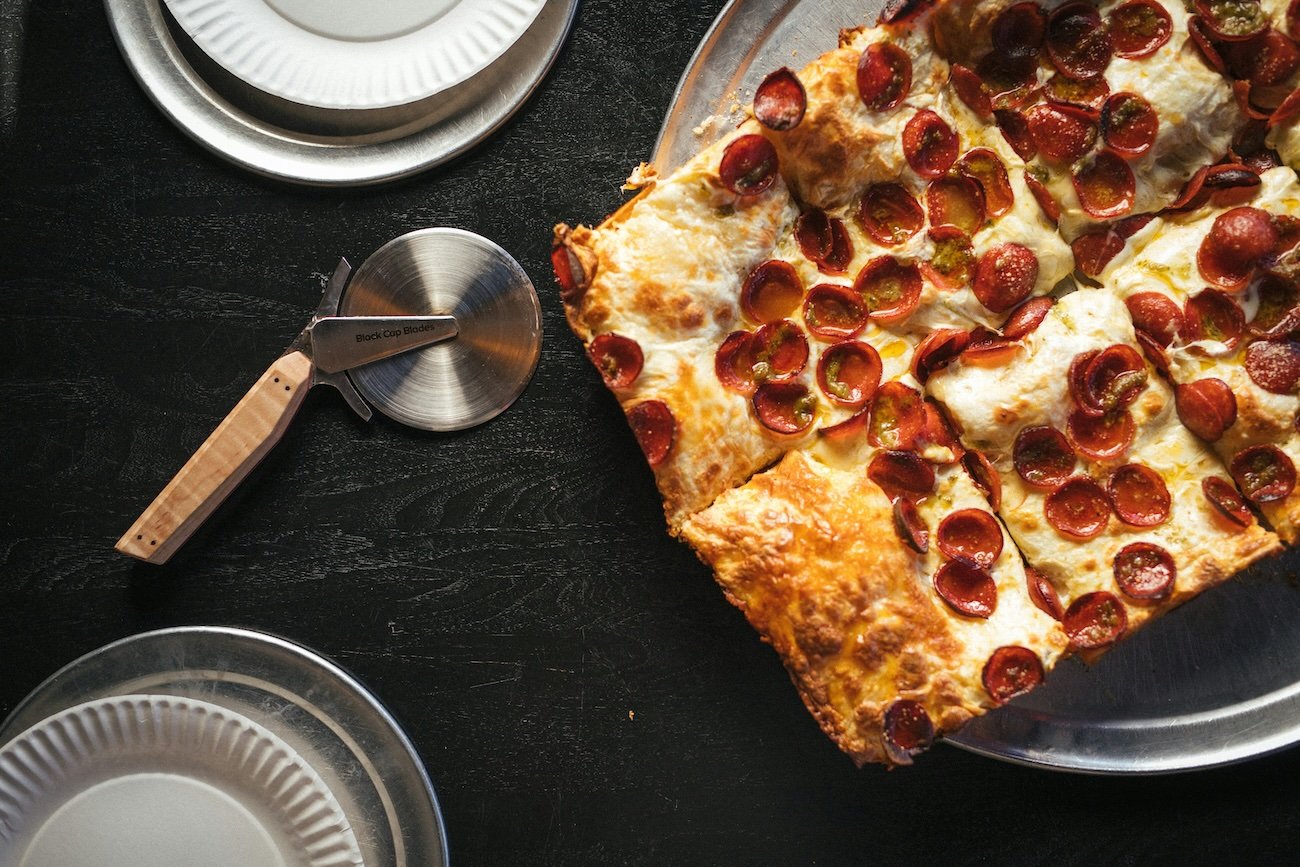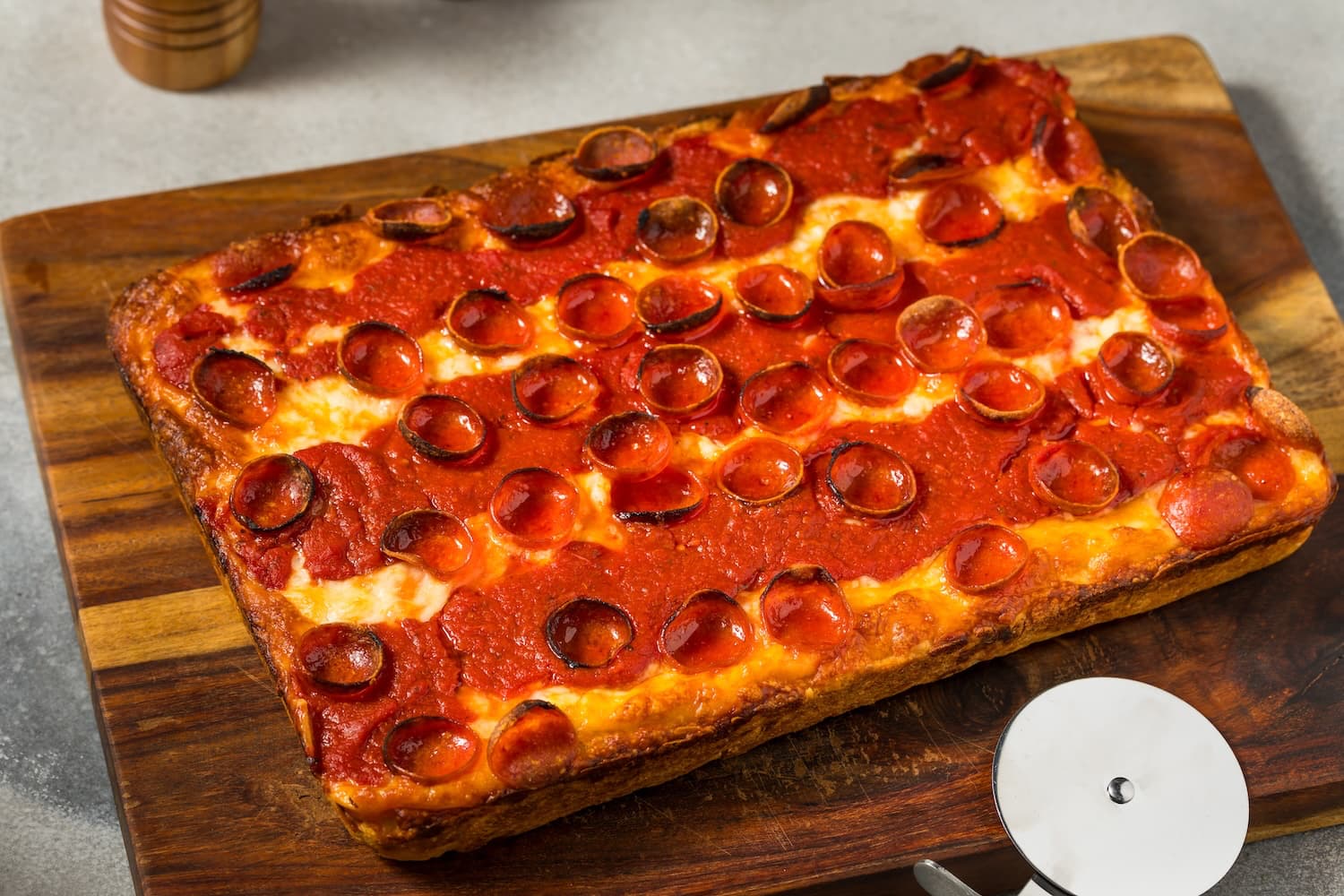New York Pizza: The American Dream on a Plate
New York style pizza is more than just a regional variation—it's a cultural phenomenon that embodies the spirit of America itself. Born from the waves of Italian immigration in the early 1900s, it represents the perfect fusion of Old World tradition and New World innovation. The story begins in 1905 when Gennaro Lombardi opened the first licensed pizzeria in the United States at 53½ Spring Street in Manhattan's Little Italy.
What started as a way for Italian immigrants to share their culinary heritage with their new homeland quickly evolved into something uniquely American. The New York slice became the fuel for the city's workers, students, and dreamers—a democratic food that could be enjoyed by anyone, anywhere, at any time. Today, it's impossible to imagine New York City without its ubiquitous pizza joints, each claiming to serve the "best slice in the city."
The Anatomy of a Perfect New York Slice
- The Dough: New York pizza dough is a study in balance. It uses high-gluten bread flour (typically 13-14% protein) to create the characteristic chew, combined with a moderate hydration level (around 60-65%) that allows for both crispness and flexibility. The dough is mixed, kneaded, and then given a long, slow rise—often overnight—to develop complex flavors and the perfect texture.
- The Crust: Unlike its Neapolitan cousin, the New York crust is substantial enough to support generous toppings while remaining foldable. It should be thin but not wafer-thin, with a golden-brown bottom that has just the right amount of char. The edge (or "cornicione") should be slightly puffy and chewy, providing a satisfying contrast to the thinner center.
- The Sauce: New York pizza sauce is typically made from crushed tomatoes seasoned with garlic, oregano, basil, and sometimes a touch of sugar. It's applied generously but not overwhelmingly, creating a sweet-savory base that complements rather than dominates the other ingredients. The sauce should be cooked briefly to meld the flavors but remain bright and fresh.
- The Cheese: Low-moisture mozzarella is the standard, chosen for its excellent melting properties and mild flavor that doesn't compete with other toppings. It's applied in a way that creates the perfect melt—gooey but not greasy, with those characteristic brown spots that indicate proper caramelization. Some pizzerias blend in other cheeses like provolone or pecorino for added complexity.
- The Cooking Method: Traditional New York pizza is baked in coal-fired or gas ovens at temperatures around 550-600°F (290-315°C). The coal-fired ovens, in particular, impart a distinctive smoky flavor and create the perfect environment for achieving the ideal crust texture. The pizza is cooked directly on the oven floor, allowing for even heat distribution and proper charring.
What Makes New York Pizza Special
New York pizza has developed its own unique characteristics that set it apart from other styles:
- The Fold: Perhaps the most iconic aspect of New York pizza is the fold. A proper slice should be large enough to fold in half lengthwise, creating a portable, manageable eating experience. This fold isn't just practical—it's a ritual that enhances the eating experience, allowing the grease to drip down the center and the flavors to meld together.
- Size Matters: New York slices are famously large, typically 18-20 inches in diameter, cut into 8 slices. This generous size isn't just about quantity—it's about creating the perfect ratio of toppings to crust and ensuring each slice is substantial enough to be a meal.
- Topping Philosophy: While New York pizza can accommodate a wide variety of toppings, the classic approach is "less is more." The traditional slice relies on the quality of its basic ingredients rather than overwhelming combinations. When additional toppings are added, they're applied with restraint to maintain the balance of flavors.
- Accessibility: New York pizza is democratic food—it's meant to be enjoyed by everyone, regardless of background or budget. The best slices often come from unassuming storefronts, where the focus is on quality and consistency rather than fancy presentation.
The Evolution of New York Pizza
Over the decades, New York pizza has evolved while maintaining its core identity. The 1950s and 60s saw the rise of the "slice joint," where individual slices could be purchased for a quick meal. The 1970s and 80s brought innovations in toppings and cooking methods, while the 1990s and 2000s saw a renewed focus on artisanal approaches and high-quality ingredients.
Today, New York pizza exists in multiple forms—from the classic coal-fired pies of legendary spots like Grimaldi's and Lombardi's to the innovative creations of modern pizzerias like Roberta's and Motorino. Each represents a different facet of the New York pizza tradition, from the strictly traditional to the creatively contemporary.
Beyond New York: The Global Influence
New York style pizza has become a global phenomenon, with pizzerias around the world attempting to recreate the authentic New York experience. While the best examples are still found in New York City itself, excellent New York-style pizza can be found in cities across the United States and even internationally, each adapting the style to local tastes and ingredients while maintaining the essential characteristics.
The key to authentic New York pizza isn't just the recipe—it's the understanding of what makes it special: the perfect balance of tradition and innovation, the commitment to quality ingredients, and the understanding that pizza is more than just food—it's a way of life.




